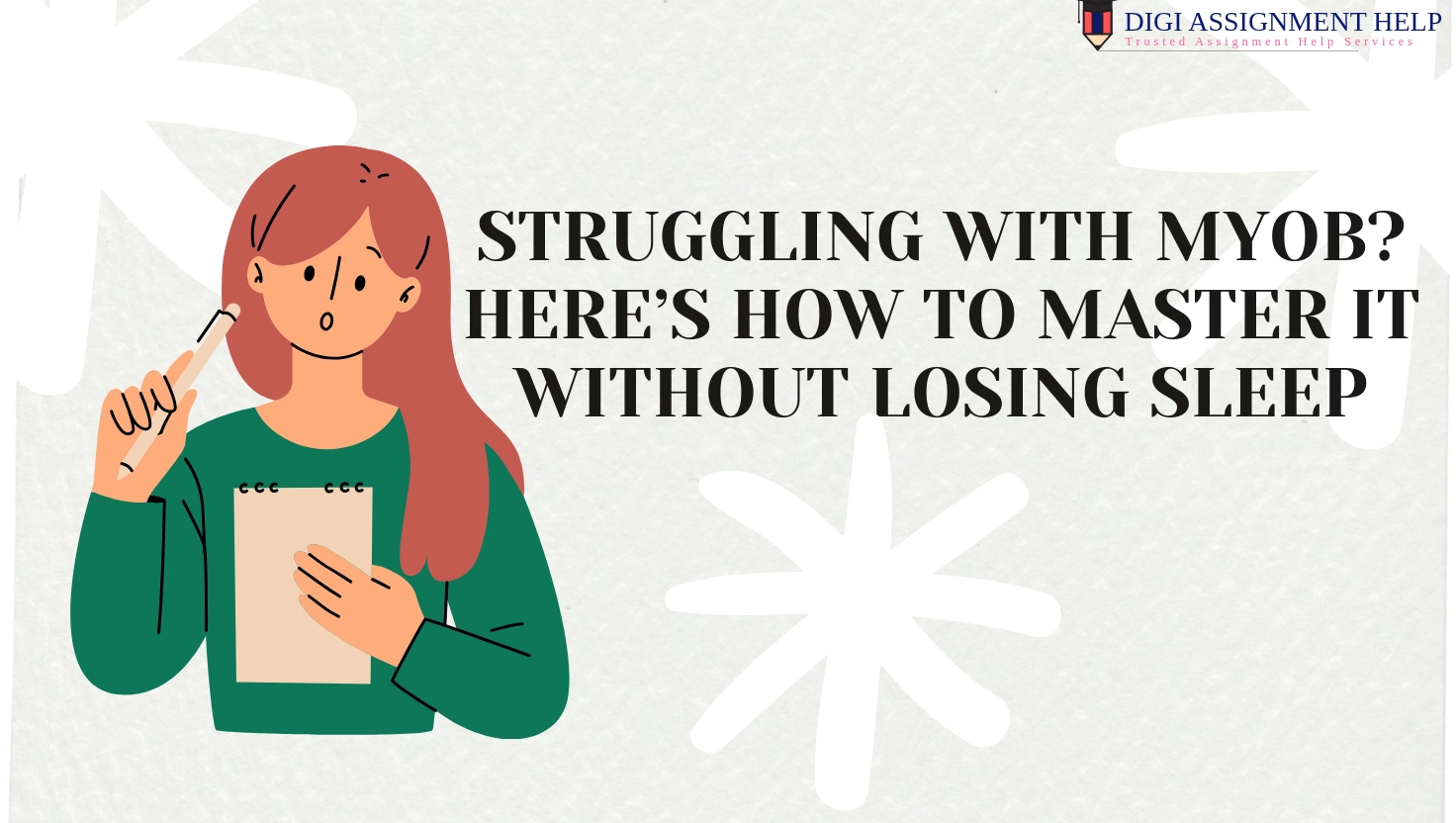How Many Chromosomes Do Humans Have ?
 26-Sep-2024 07:03 AM
26-Sep-2024 07:03 AM

A human body is made up of millions of chromosomes which are at the very base of our bodily structure. These chromosomes are the substances that make all of us unique and different.
They contain the genetic material that defines our attributes and traits. For example, they determine the colour of our eyes or the dimples of our cheeks. They also carry diseases with them like colour blindness which can be passed down. Humans are known to possess 46 chromosomes in total, arranged into 23 pairs.
This blog will examine the function of these chromosomes, their composition, and their significance. We will also learn about the right number of chromosomes, and how this knowledge holds importance in today's studies.
Understanding Chromosomes
Every human cell contains a nucleus which is the head of the cell. Inside the nucleus, one can see thread-like elements. These are called chromosomes. They include genes, which are the building blocks of life.
These threads are built of proteins and DNA (deoxyribonucleic acid). These very genes are significant in the development of human bodies. They help with growth, operation, and reproduction.
There are 23 pairs of chromosomes in humans out of which 22 pairs are referred to as autosomes. The remaining pairs refer to the sex chromosomes. It determines the sex of the person- male or female. These two chromosomes are called X and Y. Females have two X chromosomes and males have one X and one Y.
The Human Chromosome Number: 46
Each somatic cell also known as body cells normally contains 46 chromosomes in total, arranged into 23 pairs. During reproduction, each parent contributes 23 chromosomes. The zygote is formed by the combination of 22 autosomes and one sex chromosome from each parent. This is essential to preserving each person's genetic stability.
Among these 46 chromosomes are:
-
22 pairs of autosomes: They are found in both males and females. They are numbered 1 through 22. They possess the genes which are in charge of the majority of the body functions. They also determine the physical traits.
-
One pair of chromosomes for sex: The biological sex of an individual is determined by the 23rd pair. Males have one X and one Y chromosome, whereas females have two X chromosomes.
The Impact Of Chromosomes on Genetic Inheritance
Each child receives half of their chromosomes from their mother and half from their father. This explains why you have eyes like one parent and hair like the other. Some hereditary characteristics, like eye colour or height, are dependent on these chromosomes. They run in families and why kids look like their parents.
Gametes are special cells produced during reproduction. They are made as eggs in females and sperm in males. Each gamete has 23 chromosomes or half of the normal number.
An egg and sperm fertilise each other to create an embryo with all 46 chromosomes. The meiosis process guarantees that the child will receive a combination of genetic characteristics from both parents.
Genetic Disorders
Although people normally have 46 chromosomes, there can be differences in the number of chromosomes. This can result in hereditary diseases.
-
Down syndrome is a common chromosomal abnormality. It arises from an extra copy of chromosome 21. It is also referred to as trisomy 21. People with Down syndrome have three copies of this chromosome instead of the typical pair. This causes intellectual and developmental delays.
Other chromosomal illnesses consist of: -
Turner syndrome: This is a condition where females have only one X chromosome rather than two. It can lead to Infertility and issues with development.
-
Klinefelter syndrome: In this males have an extra X chromosome (XXY). Low testosterone levels, developmental delays, and problems with reproduction may arise from this.
-
Edwards syndrome, or trisomy 18: is a disorder in which a person possesses extra chromosome number 18. It leads to severe developmental and health problems. It can also lead to early mortality.
The Structure and Function of Chromosomes
DNA is tightly wound and arranged into pieces known as genes that make up each chromosome. Each chromosome has a gene that codes for a particular protein or function. Under a microscope, chromosomes can be seen. This is observed particularly during cell division when they condense and become visible when stained.
The centromere is the meeting space for two chromatids which is the structural component of chromosomes. A lengthy strand of DNA is called a chromatid. It is folded and coiled to fit into the nucleus of each cell.
At the ends of chromosomes, the telomeres safeguard genetic material and make sure that DNA replicates correctly throughout cell division. Additionally linked to cellular health and ageing is dependent on telomere length.
Chromosome Testing And Genetic Counselling
Chromosome testing helps with diagnosing genetic disorders. It has proved useful and has gained popularity. It allows the couple to plan their pregnancy. Those who have had history can take this test to learn better.
Typical genetic tests consist of:
-
Karyotyping: It is a method of examining chromosomes. It helps to know any variations in the quantity or structure.
-
Fluorescence In Situ Hybridization, or FISH: It is a more sophisticated method. It attaches fluorescent probes to chromosomes to detect particular changes in genetics.
-
Prenatal genetic testing: This refers to treatments that can identify chromosomal abnormalities in a foetus. For example, one can learn about amniocentesis and chorionic villus sampling (CVS).
In Australia, genetic counselling is also widely accessible and aids in educating families. It tells people about the potential hazards associated with certain genetic diseases.
Counsellors help with understanding of test results and offer guidance on genetic testing options. Healthcare provides support in making well-informed family planning decisions.
The Function of Chromosomes in Illness and Health
Chromosome illness is beyond genes. They are involved in diseases like cancer. Chromosome translocations can result from breaking off segments. When they split they rearrange in certain tumours. This anomaly has the potential to interfere with genes' regular functions and trigger uncontrollably growing cells. It can result in tumour development.
Australia is leading the way in the study of the connection between chromosomal abnormalities and illnesses like cancer. Knowing how chromosomes respond under different conditions helps us to come up with better medicinal cures. One can then take medications based on a patient's genetic composition.
Australian Research On Chromosomes
Australia boasts a strong genetic research community. It is led by organisations like the Murdoch Children's Research Institute and the Garvan Institute of Medical Research.
They have come up with some groundbreaking research. Scientists are involved in understanding the human genome. They study with other leaders to learn about the variations and contribute to health and disease.
Another significant factor in this field is the Australian Genomics Health Alliance. It seeks to integrate genomic knowledge into clinical treatment. It is leading Australia and coming up with better solutions for illness prevention, diagnosis, and treatment.
Conclusion
Chromosomes form the blueprint for all of our physical and biological traits. They are 46 in number and form the whole structure of beings. There can be many abnormalities related to them that demand our attention.
Digi Assignment Help boosts the understanding of students to get the topic in detail. Our biology assignment help assist you with the research and writing better answers.
We help you understand the topic, the causes and consequences and how you can make your approach better. This brings a significant difference in learning. You can not only get better grades but your clinical performance also enhances.
To get a close understanding you can learn about the various therapies and treatments. The scientific research is ongoing and continues to make significant contributions. We are here to guide your way through the latest discoveries and gain expertise.



























